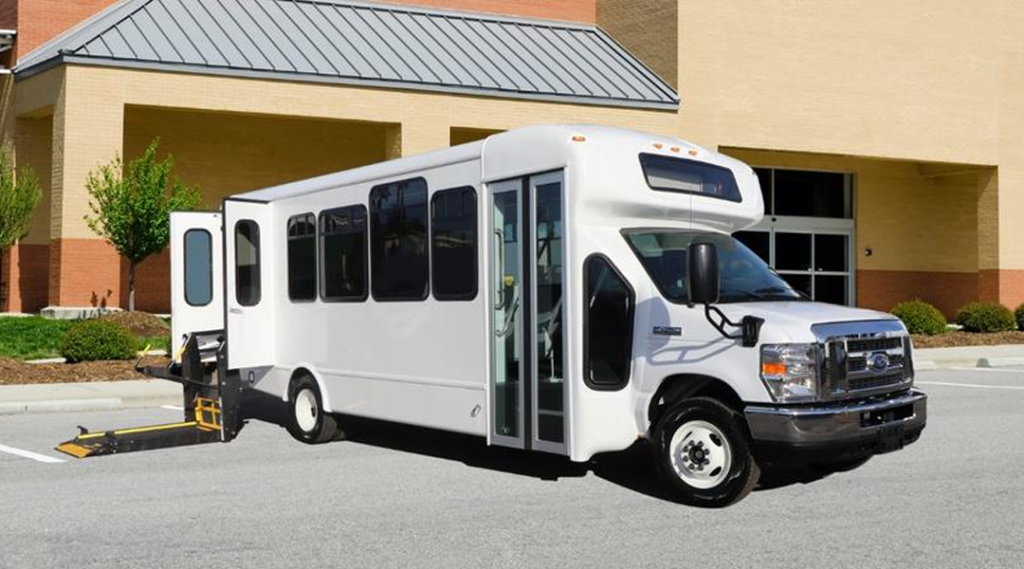Miscellaneous
Operating the Lift on a Wheelchair Bus Safely

When a ramp isn’t helpful or practical, wheelchair lifts are one of the keys to complete and total accessibility into a vehicle. However, understand that wheelchair lifts are not dissimilar from heavy machinery and require caution when operated. Even a minor mistake can lead to injuries or other consequences. Provided below are some tips to help you operate wheelchair lifts safely and efficiently.
Understanding the Features
Wheelchair lifts include a variety of additional features you should familiarize yourself with before use. A wheelchair lift can also come with belts and straps to help lock in the chair and the passenger to prevent any sliding or tipping. Additional features include shoulder harnesses or a safety gate. Always make sure to put the brakes on before use.

The mechanism itself can also come with safety features that help ensure the operation runs smoothly, including:
- Constant pressure controls
- Overspeed governor
- Emergency stop button
- Back-up system with battery
- Safety panels
- Non-skid platforms
And much more. The key to efficiently operating the lift is to familiarize yourself with the specific device. Always read through the operator’s manual or ask your employer for access to one. If you manage a fleet of shuttle buses, make sure part of driver training involves safe wheelchair lift operation.
Prepping to Load

When it’s time to use the lift, make sure the surrounding area is clear of obstruction. The loading area should be level and away from other people. Set the parking brake on the bus and step out to assist the passenger.
Loading and Operating the Lift
When loading the passengers, make sure that they are facing away from the bus and then ask them (or help them) set the brakes on the wheelchair. Use all provided tie-downs and straps to secure the wheelchair and lift the platform with all appropriate operational guidelines in mind. Once the lift has reached the floor, make sure its level with the floor. Securely load the passenger and use the wheelchair lift to raise the passenger into the vehicle. Return to the interior to help the passenger maneuver the chair into the correct position for travel.
Unloading
To unload the passenger, perform this same process in reverse. You’ll need to start by maneuvering and securing them inside the vehicle, lower the platform, and then once again help them off the platform and on their way to their destination.
Other Important Tips
Before getting started every morning, test the wheelchair lift for signs of wear and tear or damage. This routine will help to diagnose any malfunctions before operating the wheelchair lift with a passenger onboard.
Figure out the weight capacity and how many wheelchairs the vehicle can accommodate. Ask for an extra pair of hands if you’re going to need it.
When offering services to transport passengers in wheelchairs, the top priority is to do so safely and efficiently. With the right information and focus, this should be easy and straightforward, but if you’re unsure, ask for help from colleagues or superiors.
Part of being safety-conscious is finding shuttle buses with wheelchair lifts that function correctly. For the best options anywhere in the U.S., turn to Model 1. Our expert sales team can help you find the perfect model today. Contact us at Model 1 to find out about our wheelchair-accessible buses available for sale.

